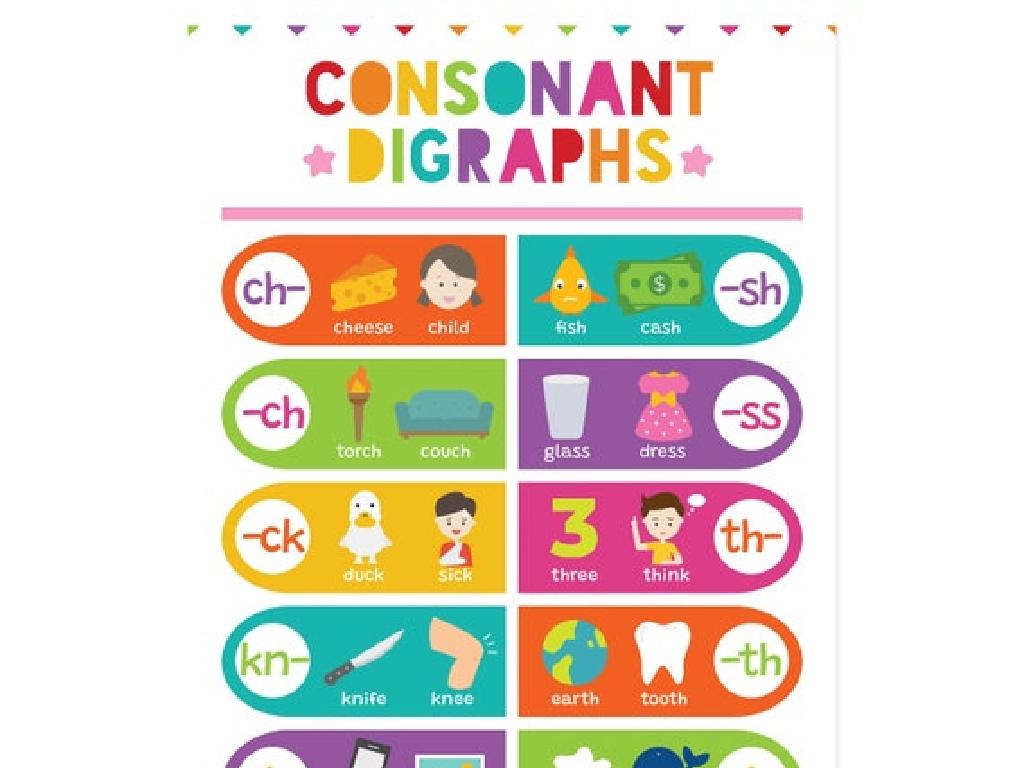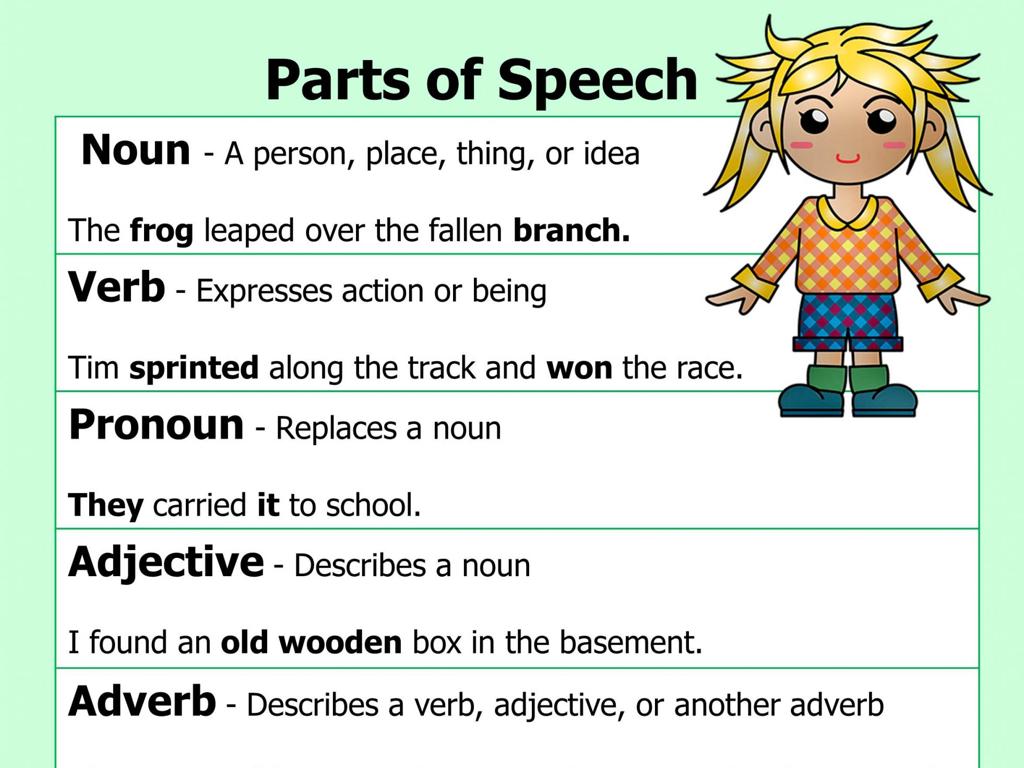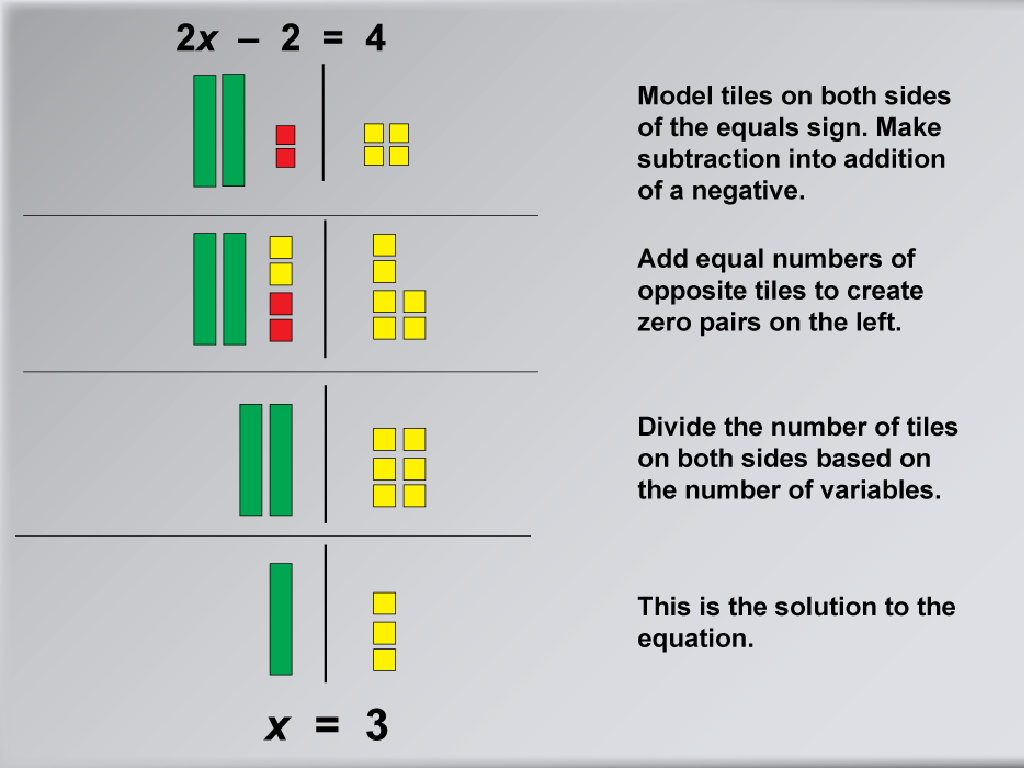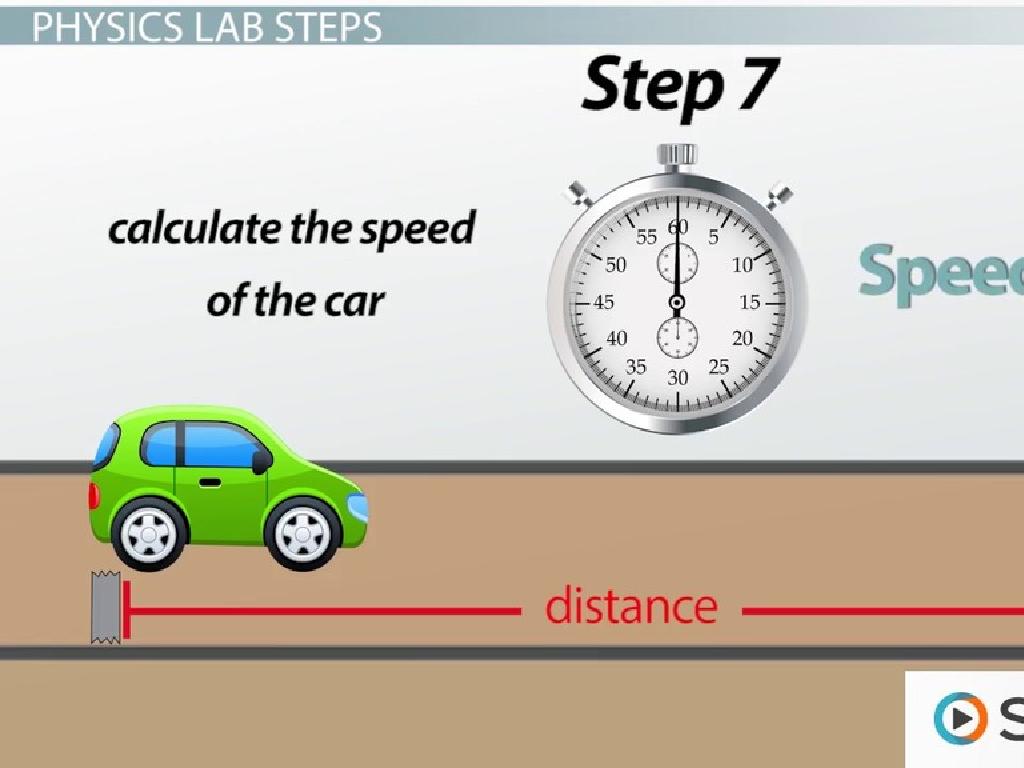Which Sentence Is In The Regular Past Tense?
Subject: Language arts
Grade: Third grade
Topic: Verb Tense
Please LOG IN to download the presentation. Access is available to registered users only.
View More Content
Exploring Verb Tenses: Regular Past Tense
– Understanding different verb tenses
– What is a verb?
– Action words in sentences, like ‘run’, ‘talk’, ‘eat’
– Regular past tense verbs
– Verbs ending with ‘ed’, like ‘jumped’, ‘helped’, ‘asked’
– Examples of regular past tense
– ‘I walked to the park’, ‘She talked to her friend’
|
Begin the lesson by explaining that verbs are words that show action or a state of being. Verb tenses tell us when the action happens. Today, we’ll focus on the regular past tense, which is used to describe actions that have already happened and are completed. Regular past tense verbs typically end in ‘ed’. Provide examples and encourage students to think of actions they did yesterday to relate to the concept. Have them practice by writing sentences using regular past tense verbs.
Understanding Past Tense
– Past tense describes past actions
– Tells us what happened before now
– It’s used for completed activities
– Like yesterday’s trip to the park
– Examples: ‘I walked’, ‘She talked’
– ‘I walked’ means it already happened
– ‘They played’ is also past tense
– ‘They played’ shows playtime is over
|
This slide introduces the concept of the past tense to third-grade students. It’s important to convey that past tense verbs are used to talk about actions that have already happened. Use everyday examples that the students can relate to, such as activities they did yesterday or this morning before coming to school. Encourage them to think of their own examples and share them with the class. This will help them understand how to recognize and use the past tense in their writing and speaking.
Understanding Regular Past Tense
– Forming regular past tense: add ‘-ed’
– Like ‘walk’ becomes ‘walked’
– Verbs ending in ‘e’: just add ‘-d’
– ‘Love’ becomes ‘loved’
– Change ‘y’ to ‘i’ and add ‘-ed’
– ‘Cry’ becomes ‘cried’
– Practice with examples
|
This slide is aimed at teaching third graders how to form the regular past tense of verbs. Start by explaining that most verbs can be changed to past tense by adding ‘-ed’ to the end of the base verb. If the verb already ends with an ‘e’, like ‘love’, students only need to add a ‘-d’. For verbs ending in ‘y’, such as ‘cry’, the ‘y’ is changed to an ‘i’ before adding ‘-ed’. Provide students with several examples and encourage them to come up with their own. Have them write sentences using both the present tense and the past tense of the verbs to reinforce the lesson.
Spelling Rules for Regular Past Tense Verbs
– Change ‘y’ to ‘i’ and add ‘-ed’
– For verbs ending in a consonant + ‘y’, like ‘cry’ becomes ‘cried’
– Double the last consonant and add ‘-ed’
– For one-syllable verbs like ‘stop’ becomes ‘stopped’
– In British English, double ‘l’ and add ‘-ed’
– For verbs ending in vowel + ‘l’, like ‘travel’ becomes ‘travelled’
– Practice with examples
|
This slide introduces the spelling rules for forming the regular past tense in English. It’s crucial to explain each rule clearly and provide examples for the students to understand the concept better. For verbs ending in a consonant + ‘y’, such as ‘cry’, students should learn to change ‘y’ to ‘i’ and add ‘-ed’ to form ‘cried’. When a one-syllable verb ends with a single vowel followed by a consonant, like ‘stop’, they should double the consonant and add ‘-ed’ to make ‘stopped’. In British English, verbs ending in a vowel + ‘l’ require doubling the ‘l’ before adding ‘-ed’, as in ‘travel’ becoming ‘travelled’. Provide students with a list of verbs and have them apply these rules to form the past tense. Encourage them to come up with their own examples and share them with the class.
Identifying Regular Past Tense Verbs
– Look for ‘-ed’, ‘-d’, ‘-ied’ endings
– Verbs that end with ‘-ed’, ‘-d’, or ‘-ied’ are often in the past tense.
– Recall our spelling rules
– Remember the rules for adding these endings to words.
– Identify past tense verbs together
– We’ll look at sentences and find the past tense verbs as a group.
– Practice with example sentences
|
This slide is aimed at helping third-grade students recognize regular past tense verbs. Start by reminding them to look for verbs that end in ‘-ed’, ‘-d’, or ‘-ied’, which typically indicates that the verb is in the past tense. Review the spelling rules that were previously learned, such as doubling the final consonant before adding ‘-ed’ or changing ‘y’ to ‘i’ before adding ‘-ed’. Engage the class by working through sentences together and identifying the past tense verbs. This collaborative approach reinforces learning and allows for immediate feedback. To ensure understanding, provide additional example sentences for the students to practice with, either individually or in small groups.
Practice Time: Regular Past Tense Verbs
– Sentences with base form verbs
– Change verbs to regular past tense
– Add ‘ed’ to most verbs to make them past tense, like ‘walk’ becomes ‘walked’
– Partner up for this activity
– Write answers on the worksheet
– Share your worksheet with the class after completing
|
This slide is for a classroom activity where students will practice converting verbs from their base form to the regular past tense. Provide sentences with verbs in the base form and instruct students to rewrite these verbs in the past tense, typically by adding ‘ed’ at the end. For example, ‘talk’ becomes ‘talked’. Students should work in pairs to encourage collaboration and discussion about the changes in verb tense. After completing the task, they will write their answers on a worksheet which can be used for a class discussion or for the teacher to review later. This exercise will help reinforce their understanding of regular past tense verb conjugation.
Class Activity: Past Tense Hunt
– Pair up and find past tense sentences
– Look in your reading book for sentences that ended with -ed
– Highlight the past tense verbs
– Use a highlighter to mark the verbs in past tense
– Share your findings with the class
– Discuss what you found with your classmates
|
This activity is designed to help students recognize and understand regular past tense verbs, which typically end in -ed. Instruct students to work in pairs to foster collaboration. They should skim through their reading books to find sentences that contain regular past tense verbs. Once identified, students will use highlighters to mark these verbs, which will help them visually distinguish the past tense. After the hunt, each pair will have the opportunity to share their sentences with the class, allowing for a discussion on how regular past tense verbs are used in different contexts. Prepare to guide the discussion and correct any misconceptions. Offer praise for effort and participation to encourage engagement.
Conclusion: Mastering Regular Past Tense
– Review past tense formation rules
– Add ‘ed’ to most verbs to show past action, e.g., ‘walk’ becomes ‘walked’
– Importance of correct verb tense
– Using the right tense helps readers understand when actions happen
– Homework: 5 past tense sentences
– Practice writing sentences like ‘I jumped’ or ‘We danced’ at home
|
As we wrap up, let’s go over how to form the regular past tense by adding ‘ed’ to most verbs. This helps us tell stories that happened in the past. Understanding when actions happen in a story is crucial, and using the correct verb tense is key to that. For homework, students will reinforce their learning by writing five sentences using regular past tense verbs. This exercise will help them apply the rules we’ve learned and prepare them for the next class. Encourage creativity in their sentences and remind them to double-check that they’ve used the past tense correctly.






